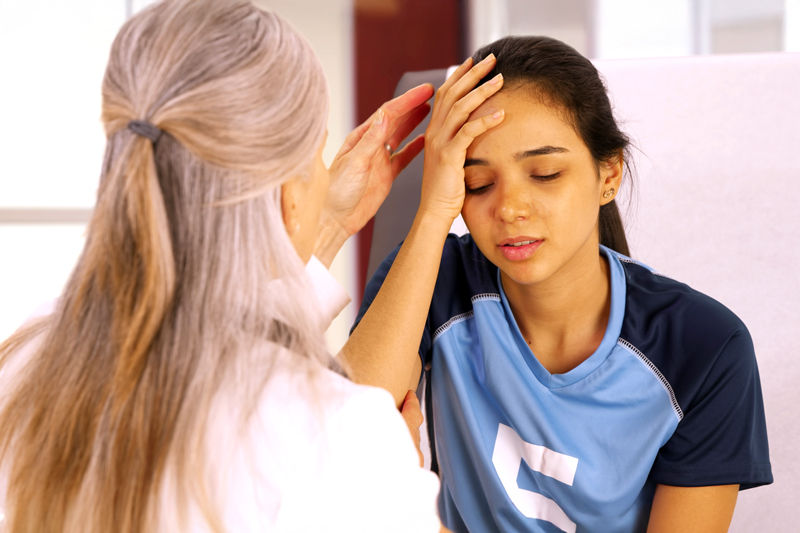How to treat heat exhaustion
- jude72
- Dec 6, 2021
- 2 min read

Don’t we all just love summer? The warmer weather and longer days are so nice.
But the summer heat can be too much of a good thing, if you stay out in it too long.
Heat exhaustion is a real problem in summer in Australia. And it can especially go unnoticed among children who often love to spend the day outside running around in the heat.
As well as all the usual protection from the sun, like a hat, clothing and sunscreen, you also need to be alert to signs of heat exhaustion.
Heat exhaustion basically happens when your body becomes dehydrated from being too long in a hot environment or from excessive physical activity. It’s far more common than most people think and it can happen to people of all ages from simply just being too long outside on a hot summer day. Marathon runners and other extreme sportspeople also suffer from it. The more active you are when it’s hot the more likely you are to suffer heat exhaustion.
The signs and symptoms of heat exhaustion can include:
· Headache, often severe
· Body temperature over 39 degrees Celsius (normal for an adult is 37°)
· Pale, cool, clammy skin that can turn red and flushed later
· A weak, rapid pulse
· Nausea and/or vomiting
· Dizzy spills
· Exhaustion and general weakness
· Muscle cramps
If you suspect heat exhaustion in someone, it’s important to start treating it right away.
· Move the person to a cool, shady area and insist they lay down and rest
· Loosen any tight clothing and if necessary, remove any excessive clothing to help the body cool down
· Use a fan or any method to blow cool air over them and moisten their skin if possible
· If they are alert and responsive, give them regular SMALL drinks of water or electrolyte drinks
· If their muscles cramp up, help by gently stretching their arms or legs to ease the pain
· If they are unresponsive, place in the recovery position and call an ambulance
· Also if they are unable to drink, start vomiting or do not improve, dial 000
· Be ready to deliver CPR if necessary, before the ambulance arrives.
Next week, we’ll explain the difference between heat exhaustion and heat stroke, which is far worse! Whichever it is, you are always better able to handle it, if you’re first aid trained.








Comments